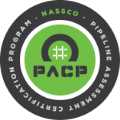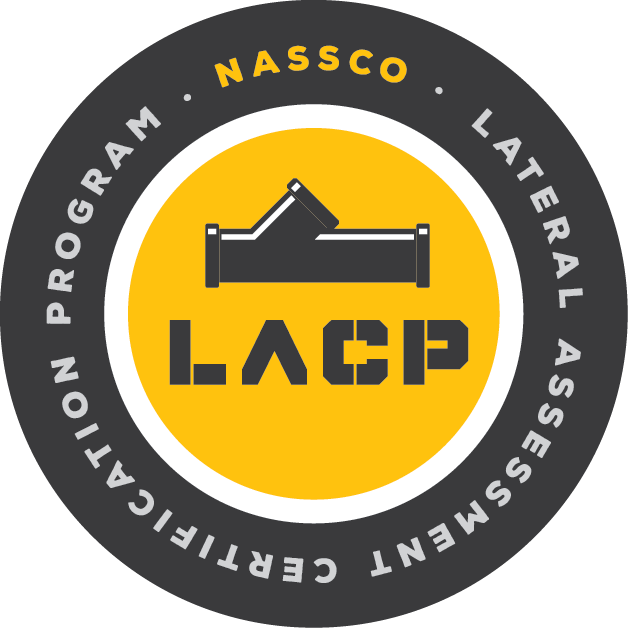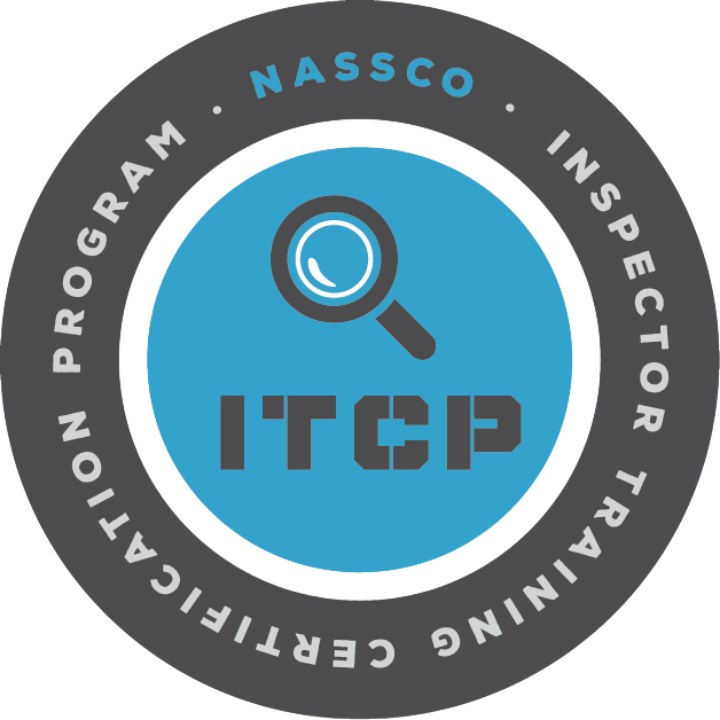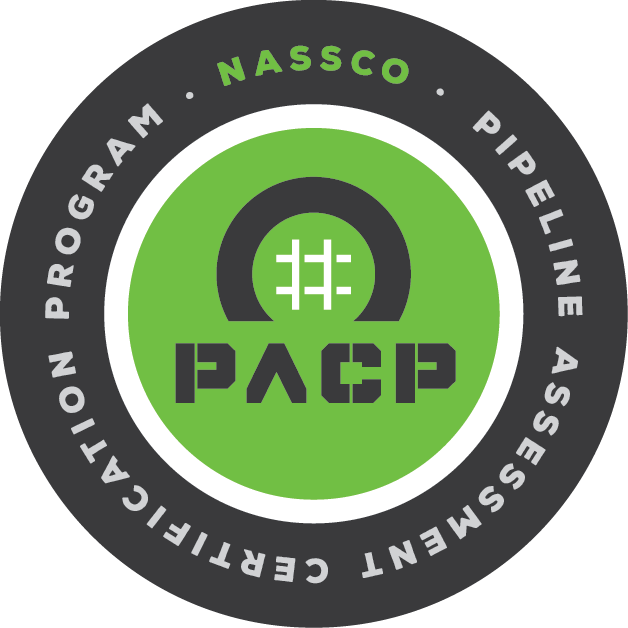


NASSCO’s BSDI Certification Program
NASSCO’s Building Sewer & Drain Inspection (BSDI™) Certification Program is designed to assist plumbers, sewer and drain contractors, and inspectors in the proper inspection and assessment of private property building sewer and drains. Heavily based on NASSCO’s PACP™ standards, BSDI is similar to PACP, LACP™, and MACP™ certification programs because it teaches students to use unique codes to identify conditions within a pipe.
PACP is used to assess mainlines; LACP is used to assess laterals; and MACP is used to assess manholes. BSDI focuses on building sewers and drains (including laterals) but is different from LACP because BSDI inspections typically start from inside or very close to the building and go down through the lateral toward the sewer main.

Become BSDI-certified today! Enroll in this online self-paced course by logging in or creating a new account.
REGISTER HERE
Find answers to all your questions about BSDI! Can’t find the answer you are looking for? Contact Us to connect with a member of our Customer Care Team.
LEARN MORE
BSDI certified professionals are required to be recertified every three years to maintain their BSDI certification.
LEARN MORE
Check back soon as our directory of BSDI-Certified individuals grows.
Verify CertificationRelated Programs:


Pipeline Assessment Certification Program (PACP™), Lateral Assessment Certification Program (LACP™) and Manhole Assessment Certification Program (MACP™)
LEARN MORE1. What does BSDI stand for?
Building Sewer and Drain Inspection
2. What is it?
It is a NASSCO certification course. BSDI is similar to NASSCO’s PACP™, LACP™, and MACP™ certification programs because it teaches students to use unique codes to identify conditions within a pipe. PACP is used to assess mainlines; LACP is used to assess laterals; and MACP is used to assess manholes. BSDI focuses on building sewers and drains (including laterals).
3. How is BSDI different from LACP?
Both are used to inspect laterals, but:
i. BSDI inspections typically start from inside or very close to the building and go down through the lateral toward the sewer main.
ii. LACP inspections typically start from inside the sewer main and go up through the lateral toward the building, without going into it.
4. Who should become certified or use BSDI?
Primary: Plumbers, small contractors and others who are involved in the proper assessment of building sewers and drains should become certified. Certification will help them expand their business.
Secondary: Municipalities may also be interested in this program because it provides a holistic approach to keep the entire system healthy, regardless of who owns the laterals. BSDI allows benchmarking of pipe conditions, assists with identifying I&I, and promotes consistency in documentation and reporting of pipe conditions.
Tertiary: Real estate agents (on behalf of their clients) interested in having a lateral inspected prior to sale, or homeowners looking for a qualified plumber or contractor to do the inspection. As with other NASSCO certification programs, the BSDI professional will be listed on the NASSCO.org website under “Find a Certified Individual.”
5. How much does the course cost?
The course costs $180 (U.S. dollars) and includes a digital manual. For those who prefer both a digital and printed manual, the cost is $225.
6. Which NASSCO-certified trainers teach BSDI?
BSDI is only taught online and is self-paced. There are no trainers.
7. What does the BSDI course cover and how does it work?
The course covers the general approach to an inspection, how to complete the BSDI inspection report, assessment codes (which are heavily based on PACP™ standards), and associated requirements for a proper BSDI inspection.
The self-paced online course takes approximately 1.5 hours to complete and includes an exam. Students do not need to take the course all at one time (they may save their work and return when it’s convenient for them).
Unlike the course, the exam must be completed all in one sitting, so students should come prepared and have their manuals available. It contains 25 questions, and 21 points are needed to pass. They have two chances to pass.
Access to the course is granted for a period of 60 days after it is first accessed.
8. Are Continuing Education Credits (CEU) or Professional Development Hours (PDH) provided?
Yes, upon request at enrollment.
2 CEUs or .2 PDHs are provided only to students who successfully pass the exam.
9. How long is the certification good for?
Certification is valid for a period of 3 years.
Note that unlike PACP and ITCP, there will be no recertification course. Individuals will be required to take the full course as a refresher to maintain certification.
10. Where can I enroll?
Enroll online at NASSCO.org